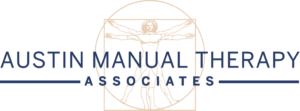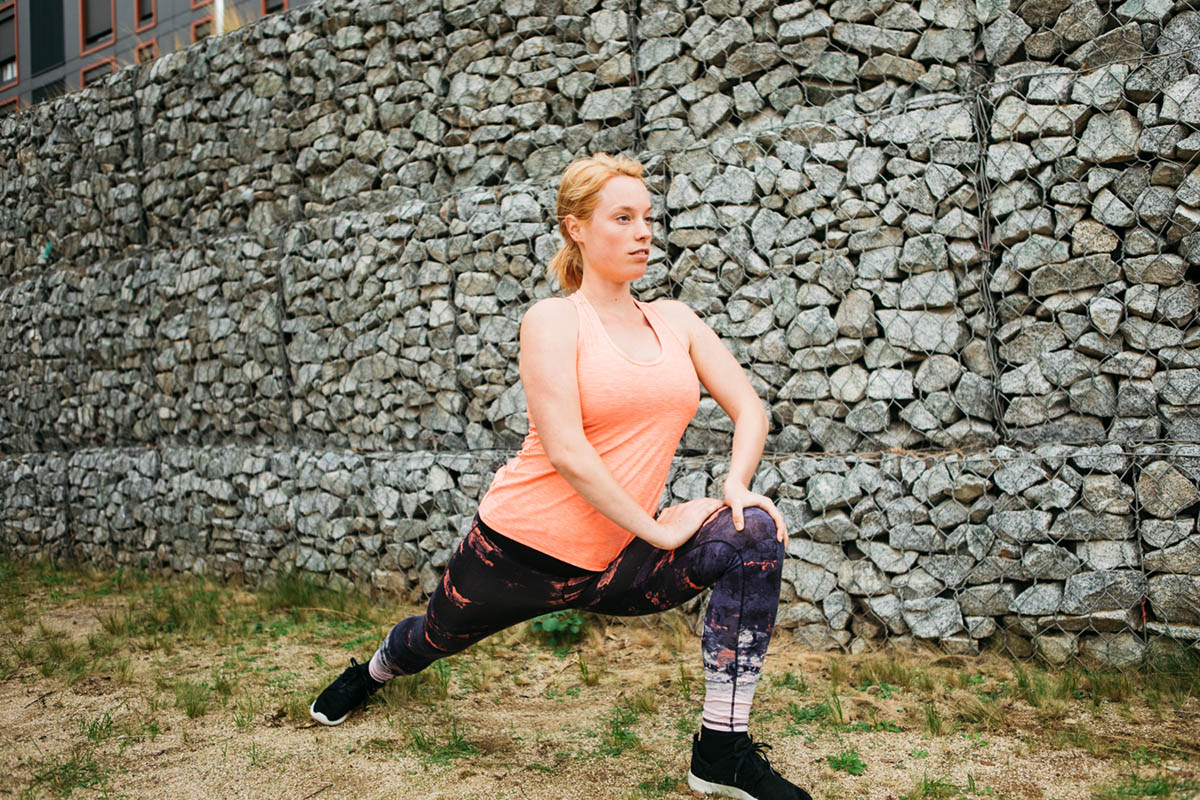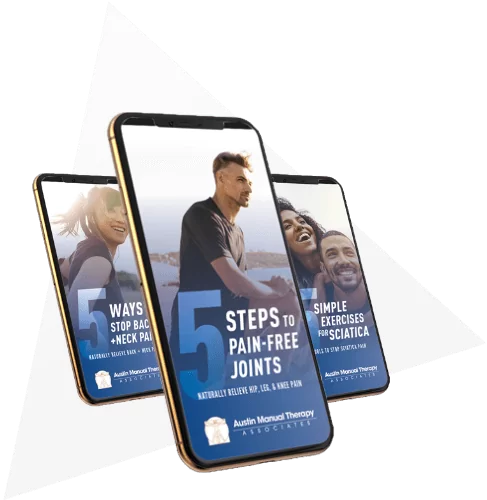Degenerative Disc Disease (DDD) is a common part of aging that affects the intervertebral discs in the spine, including the cervical spine. As these discs wear down over time, it can lead to chronic back pain, stiffness, and reduced mobility. However, with the right approach, DDD can be effectively managed, especially through targeted exercises that aim to slow down disc degeneration of intervertebral disc degeneration.
Research shows that around 80% of people show signs of DDD in their spine by the age of 60, but not all experience symptoms related to the aging-related degeneration process. Despite being a progressive condition, the good news is that exercise plays a crucial role in managing symptoms and improving spinal health, potentially reducing the risk of bone spurs.
At Austin Manual Therapy Associates, our goal is to empower you to take control of your well-being. In this article, we will do some of the best exercises for degenerative disc disease and provide additional tips for managing this condition, with a focus on building core strength to support spinal health.
The Importance Of Degenerative Disc Disease Exercises
Exercise plays a crucial role in managing symptoms of degenerative disc disease. Regular physical activity helps to strengthen the muscles that support the spine, improve flexibility, and enhance overall spinal health by supporting bone formation and ensuring the spine moves effectively. Engaging in specific exercises can reduce pain, improve function, and prevent further degeneration, highlighting the numerous benefits of exercise for spinal health and bone growth.
According to a study published in the Spine Journal, aerobic exercise significantly alleviates back pain in patients undergoing treatment, showing measurable improvements as early as eight weeks into the exercise regimen.
Best Top 5 Exercises For Degenerative Disc Disease
Hamstring Stretches
Hamstring stretches are vital as tight hamstrings can increase the stress on your lower back. To perform this stretch:
- Lie on your back with one leg bent and the other straight.
- Slowly lift the straight leg towards the ceiling, keeping it straight.
- Hold for 20-30 seconds and switch legs.
Stationary Exercise Biking
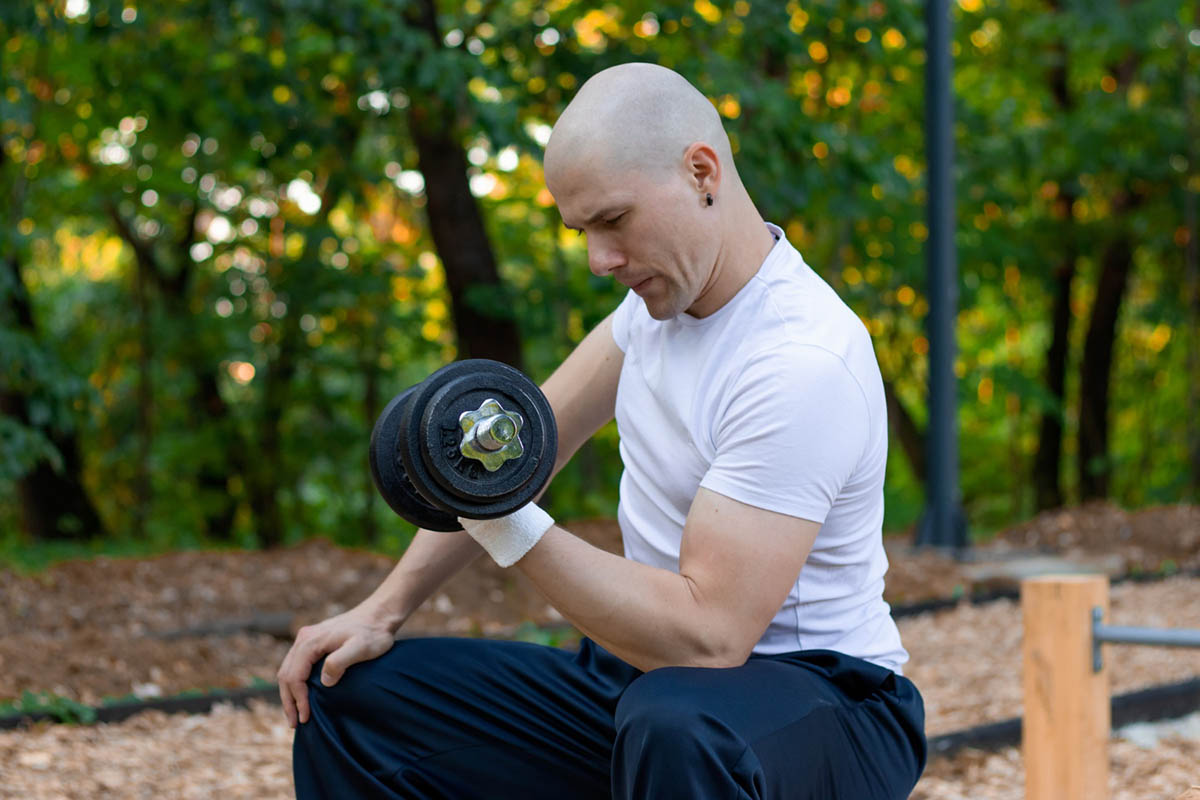
Low-impact aerobics, like stationary exercise biking, are excellent for DDD, while impact exercises should be approached with caution. Biking increases blood flow to the spine, promoting healing and reducing stiffness without putting undue stress on the discs. Aim for at least 30 minutes of biking at a moderate exercise pace.
Cat-Cow Stretch
This popular yoga stretch helps in improving flexibility and relieving tension in the spine through stretching exercises. Here’s how to do it:
- Start on your hands and knees.
- Inhale, arching your back (cow pose).
- Exhale, rounding your spine (cat pose).
- Repeat for 10-15 repetitions.
Back Extension
Back extensions strengthen the muscles along the spine. Follow these steps:
- Lie face down on a mat with your hands beside your shoulders.
- Lift your chest off the ground using your back muscles, keeping your neck neutral.
- Hold for a few seconds and lower back down.
- Repeat 10-15 times.
Knee-To-Chest Stretch
This stretch targets the lower back and can help alleviate pain:
- Lie on your back with your knees bent.
- Bring one knee to your chest, holding it with both hands.
- Hold for 20-30 seconds and switch legs.
- Repeat 3-5 times per leg.
Bird Dog Stretch
The bird dog exercise, performed in a 4-point position, enhances stability and strengthens the core for degenerative disc disease:
- Start on your hands and knees.
- Extend your right arm and left leg simultaneously.
- Hold for a few seconds, then return to the starting position.
- Repeat on the other side.
- Perform 10-15 repetitions per side.
Pelvic Tilting Exercise
Pelvic tilts help in reducing lower back pain and improving flexibility:
- Lying on your back in a comfortable position with knees bent.
- Flatten your back against the floor by tightening your abdominal muscles and tilting your pelvis up slightly.
- Hold for a few seconds and relax.
- Repeat 10-15 times.
Psoas Major Muscle Stretch
Stretching the psoas muscle can relieve lower back pain:
- Kneel on one knee with the other foot in front.
- Push your hips forward gently until you feel a stretch in the front of your hip.
- Hold for 20-30 seconds and switch legs.
- Repeat 3-5 times per side.
Lower Trunk Rotation Exercise
This exercise increases flexibility and relieves tension in the lower back:
- Lie on your back with your knees bent and feet flat on the floor.
- Gently roll your knees to one side, keeping your shoulders flat.
- Hold for 5-10 seconds and switch sides.
- Repeat 10-15 times per side.
What Exercise Right For You
Choosing the right exercise program depends on your specific condition and pain levels, guided by activity recommendations. It’s essential to consult with a physical therapist to create a personalized plan that addresses your needs.
At Austin Manual Therapy Associates, we specialize in core strength training for degenerative disc disease, helping you develop a safe and effective exercise routine. In a study highlighted by the Spine Journal, regular exercises tailored for degenerative disc disease have been shown to significantly alleviate pain and improve spinal function by enhancing core strength, with notable benefits observed in reducing pressure on vertebrae.
Additional Tips To Help Prevent Degenerative Disc Disease
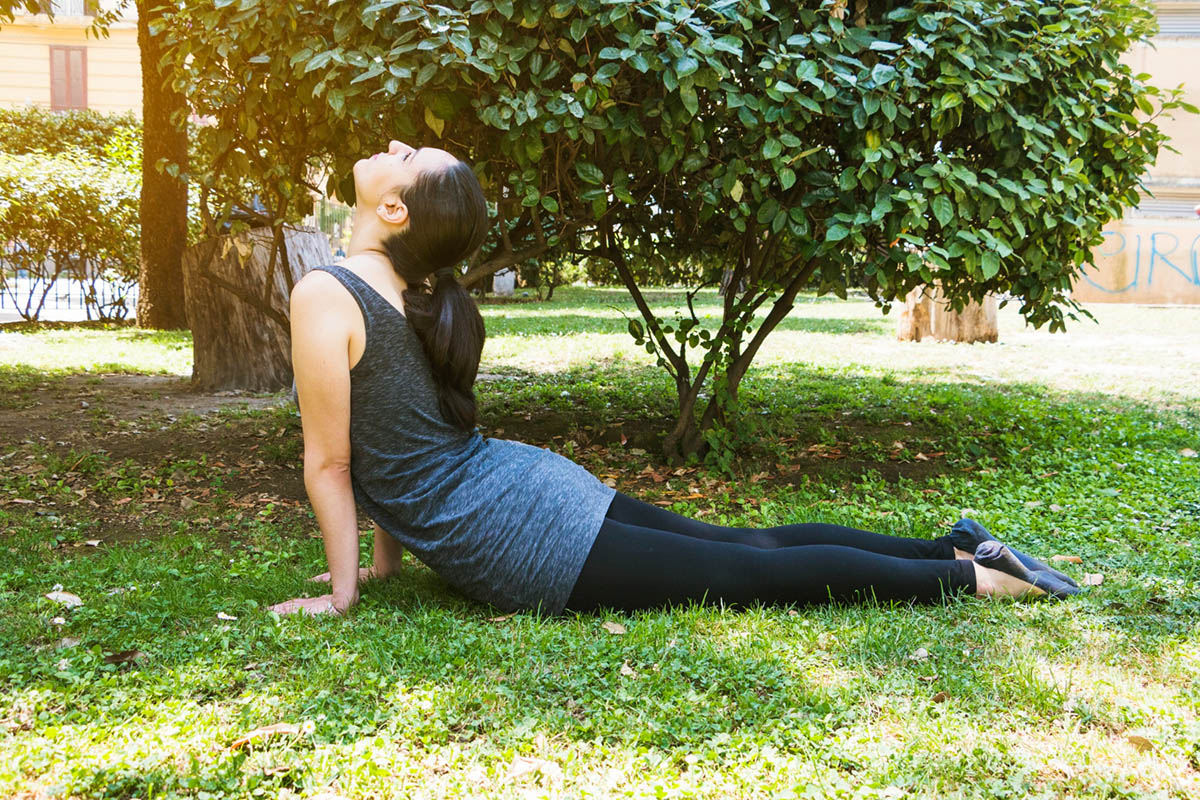
- Maintain a healthy weight to reduce pressure on your spine.
- Stay hydrated, as it helps maintain the elasticity and fluidity of your spinal discs.
- Practice good posture with proper body mechanics education to prevent additional strain on your spine.
- Avoid smoking, as it can accelerate disc degeneration.
- Ensure you are getting adequate rest and sleep to allow your body to heal and recover.
- Always consult your healthcare provider before starting any new exercise regimen.
Conclusion
Managing degenerative disc disease involves a combination of the right exercises, lifestyle changes, and conservative care options, sometimes including complex and minimally invasive spine surgery with the use of a bone graft. Regularly incorporating the best exercises for degenerative disc disease can significantly reduce back pain (for degenerative disc disease) and improve your quality of life, addressing various aspects of treatment. For tailored advice and support, consider consulting with the experts at Austin Manual Therapy Associates.
FAQs
Can you improve degenerative disc disease?
While degenerative disc disease cannot be reversed, its symptoms can be managed effectively through targeted exercises, physical therapy, and lifestyle changes, illustrating the management of the condition through exercise. Regular exercise can strengthen the muscles supporting the spine and alleviate pain.
How to naturally heal a degenerative disc?
Natural ways to manage degenerative disc disease include maintaining a healthy weight, staying hydrated, practicing good posture, avoiding smoking, and engaging in regular physical activity. Incorporating specific stretches and exercises can also significantly reduce symptoms.
Does drinking water help disc degeneration?
Yes, staying hydrated is crucial for maintaining the health of your spinal discs. Adequate hydration helps keep the discs flexible and reduces the risk of further degeneration. Aim to drink plenty of water throughout the day to support your spinal health.
By incorporating this arsenal of exercises for degenerative disc disease into your daily routine and seeking professional guidance when needed, you can effectively manage your symptoms and improve your spinal health, showcasing the diverse benefits of exercise. Remember, consistency is key, and the team at Austin Manual Therapy Associates is here to support you on your journey to better back health.
